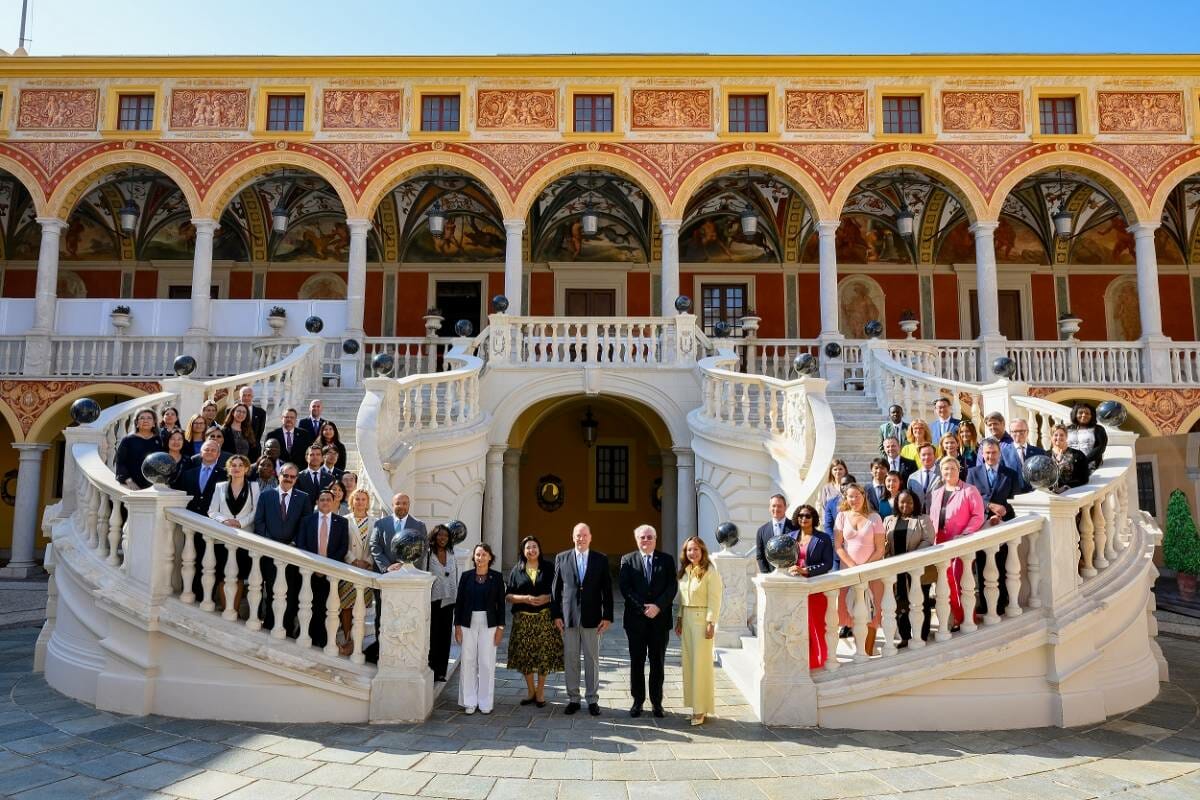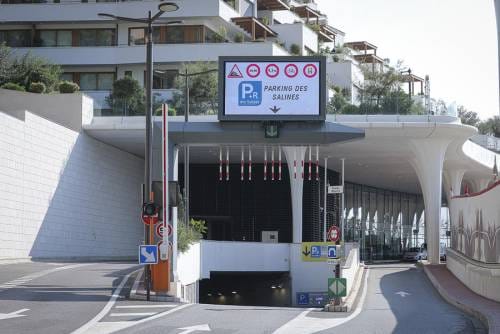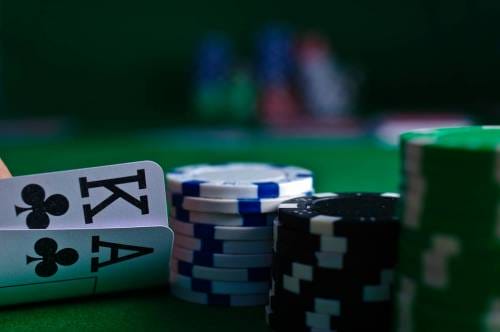On the occasion of the 25th anniversary of the installation of the International Atomic Energy Agency’s (IAEA) Marine Environment Laboratories in their current location on Quai Antoine 1er, a Delegation composed of High Representatives from around forty Member States of the Organization (based in Vienna) visited Monaco on October 6 and 7, 2023.
Hosted in the Principality since 1961, the IAEA Laboratories were initially conceived as a three-year program to monitor marine radioactivity in partnership with the Oceanographic Museum and the Princely Government. In response to the growing demands of Member States, the Laboratories were provided with more suitable premises in 1998.
On October 6, the traditional annual visit to the Marine Environment Laboratories took place. The Delegation was welcomed by Madame Najat MOKHTAR, Deputy Director General of the IAEA, Madame Florence DESCROIX-COMANDUCCI, Director of the Monaco Laboratories, Madame Isabelle ROSABRUNETTO, Director General of the Department of External Relations and Cooperation, and H.E. Mr. Lorenzo RAVANO, Ambassador, Monaco’s Representative to the IAEA. These dignitaries had the opportunity to explore the new room dedicated to the analysis of water samples collected off nuclear power plants.
In this year, which marks the centenary of the birth of Prince Rainier III, whose impetus led the Principality to join the IAEA and offer to host the Laboratories in Monaco, visits to iconic places in the Principality (Oceanographic Museum, Opera, Casino rooms, etc.) were organized for the entire Delegation.
The Delegation, led by H.E. Mr. Lorenzo RAVANO, was finally received in the Cour d’Honneur of the Prince’s Palace, where H.S.H. the Sovereign Prince offered the participants a warm and cordial exchange.
IAEA Marine Laboratories in Monaco
Today, the laboratories in Monaco assist Member States in assessing coastal and marine pollution and improving seafood safety by developing analytical methods for the measurement of contaminants. They also apply stable isotopic techniques to study pollution processes and identify the sources of coastal pollutants. This includes analysis of water samples collected off nuclear power plants. This information helps decision-makers implement pollution monitoring programmes to protect the marine environment and support the delivery of ecosystem services. The laboratories also produce certified reference materials to help laboratories worldwide calibrate their instruments and thereby generate reliable quality-assured data. They also organize training courses for scientists from around the world on the analysis and monitoring of contaminants in the marine environment.









